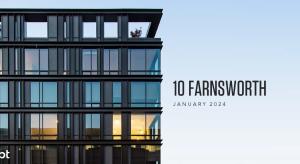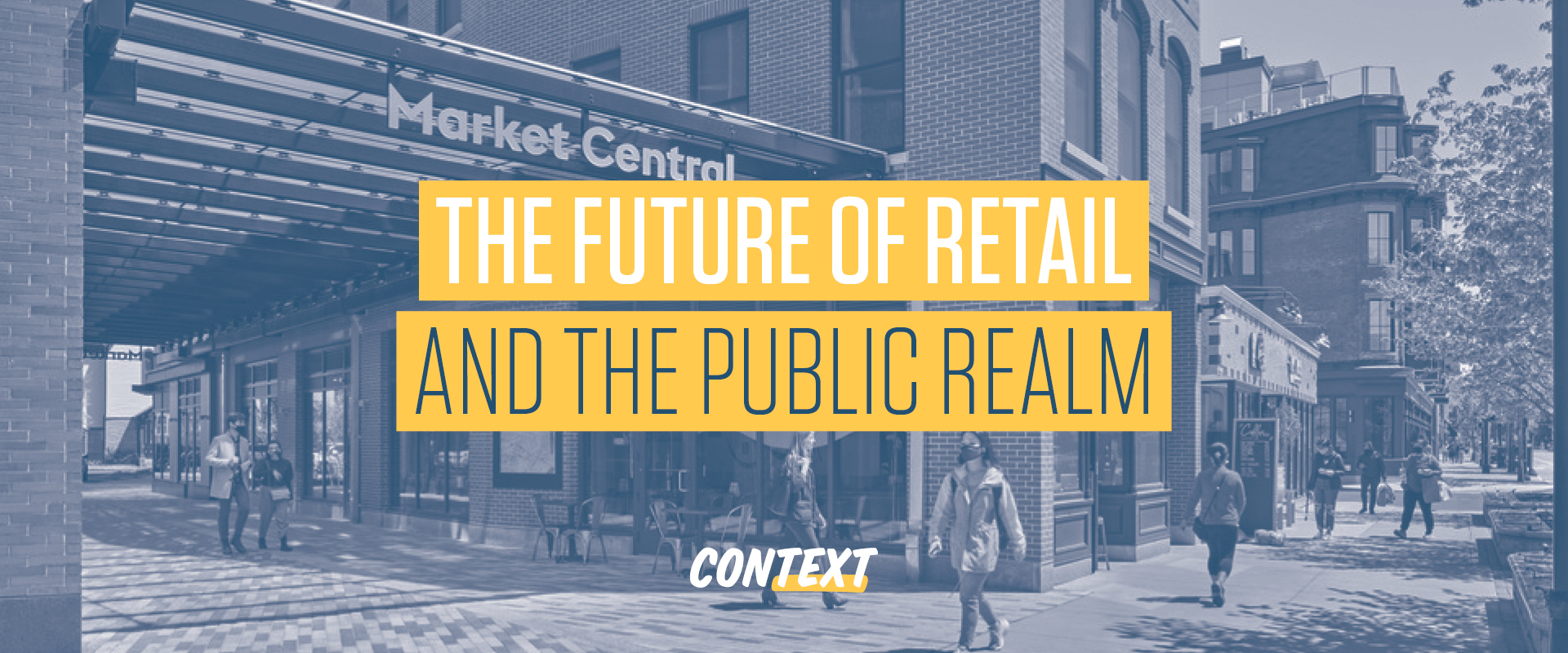
The Future of Retail and the Public Realm
By Rob Hagan AIA, LEED AP, CBT Associate Principal
As I often tell colleagues, retail is the crucible of innovation… because it has to be. From the democratization of the internet to constantly evolving consumer preferences and tastes, change is the key to survival in the retail industry. Smart businesses know how rise to the challenge.
The last two years have brought no shortage of challenges. With increasing reliance on online shopping – only accelerated by the arrival of a global health crisis – stores and restaurants are now contending with a 2+ year decimation of foot traffic, advancing technology, and changing dining patterns. If any industry knows how to look at a challenge like this and make it into an opportunity, it’s this one
Here and now, CBT believes that the retail industry has encountered a tremendous opportunity to evolve creatively and to embrace important changes in the way people shop, dine, and move. The smartest owners and developers will seize this moment and, via a few clever business pivots and design changes, position their properties and brands to stand out from the crowd and attract the best tenants, more customers, and thereby greater success.
So, how can owners and developers strategically embrace these new changes and move forward?
As a design firm with retail space in more than half of our current projects (excluding private residences, academic, and workplace design), we at CBT wanted to take a closer look at the current challenges and suggest a few ideas for designing adaptable retail spaces that can set business and building owners up for success in an uncharted future.
Below, we’ve rounded up five opportunities that brick-and-mortar retail face today, followed by a few design solutions.
Seeing other people… our love affair with online shopping has hit a rough patch
If online shopping and ordering wasn’t already a dominant consumer activity before the pandemic, it sure is now. However, even with increased preferences towards online activity, research still shows that 72% of millennials would rather spend money on experiences than material things. As we move out of a pandemic that has limited our in-person contact, many of us are craving opportunities to reconnect in person. This means that successful dining, recreation, entertainment, and even traditional shopping venues will need to offer something new: more unique in-person experiences.
In order to create unique, in-person experiences, retail environments will need to…
- activate unused spaces with unexpected entertainment options
- investigate adding and mixing uses to replace dying anchor department stores
- provide local or customized experiences which are unavailable online
Chic, boutique, and unique experiences paired with local or place-driven public realm opportunities may make the difference between shoppers browsing from the couch or visiting a store in person.
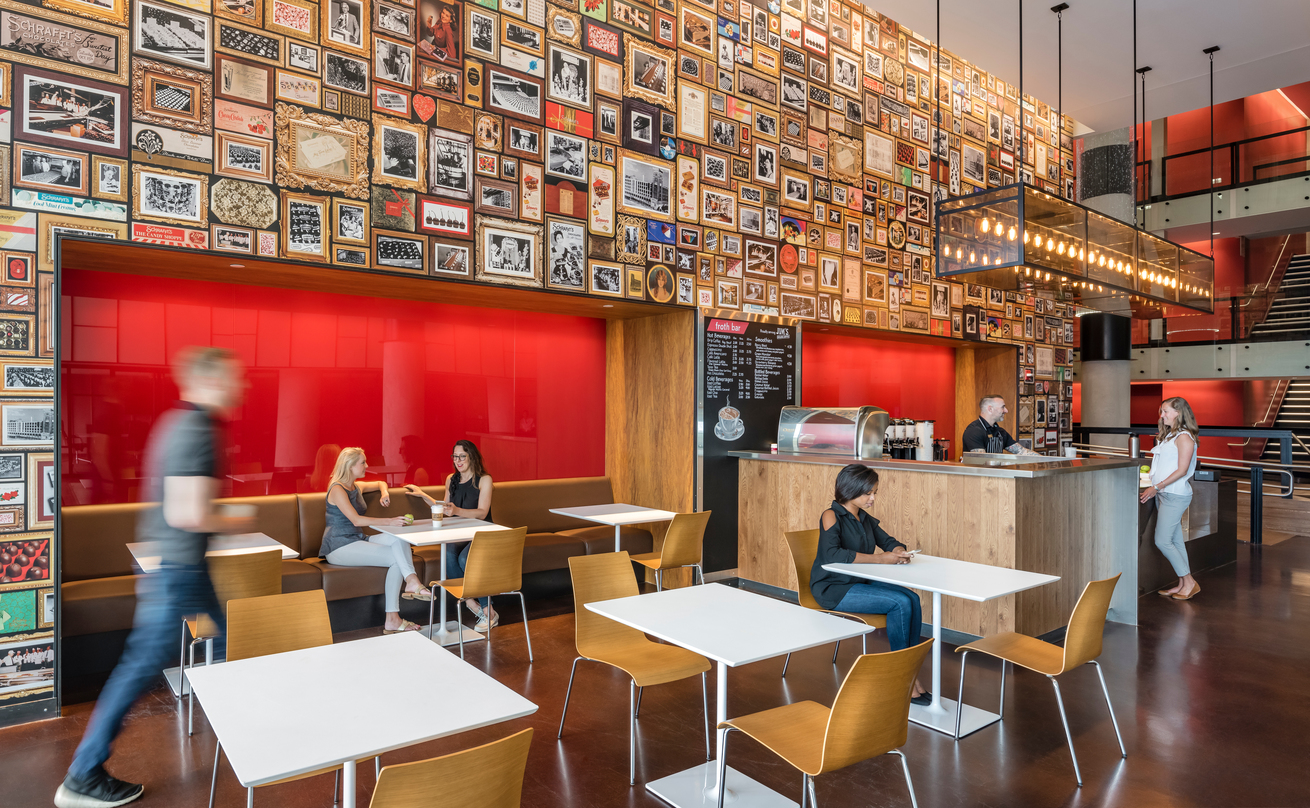
The hybrid store: where online meets in-person
The online shopping explosion doesn’t mean the death of the in-person store. On the contrary, it has the potential to greatly enhance the online shopping experience and reduce the need for multiple returns. As new means of testing or “trying on” and customizing products emerge – via new VR and AR filters, scanners, and try-on booths, as well as easier return options for online orders – retail spaces will need to adapt to accommodate new hybrid online and in-person activities without hindering the traditional shopping experience, likely all within less physical space.
Successful retail spaces will afford the flexibility to include…
- an adaptable front-of-house display area with substantial space for order pickup
- smaller, more efficient back-of-house used only for strategic storage, packaging, and online orders
- the emergence of the side-of-house, a new hub for online orders, pickups, and in-person returns
- the ability to shift the point of sale to meet customers anywhere in the store
- accommodations for emerging technologies, such as virtual try-on booths and customization screens
- more efficient and creative use of space within smaller, more affordable, footprints
Getting them to the front door… and making sure they stop in
We are at the crossroads of a fundamental change in our mobility. From e-bikes to autonomous vehicles, our way of moving around has transformed over the last few years, and it will continue to do so. In the world of retail and the public realm, the way we view parking inevitably must change as well. To that end, here’s what we did with a standard parking lot with 40-50 spaces:
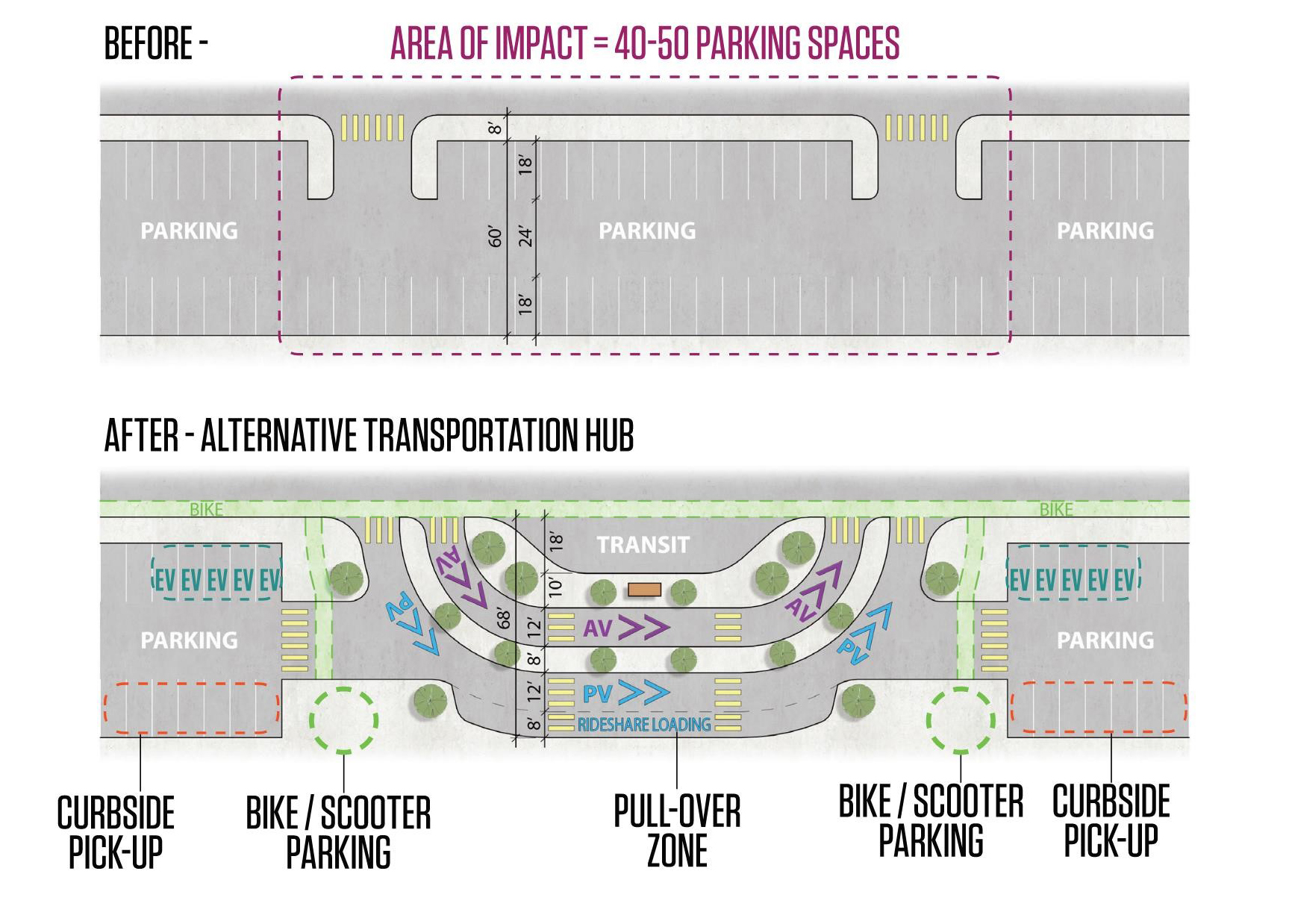
We believe successful retail entry and transportation accommodations will include…
- fewer traditional parking spaces
- permanent ride-share and autonomous vehicle drop-off areas
- more permanent curbside and delivery pick-up areas
- dedicated EV parking
- better transit connectivity
Moving forward, accommodations will need to be much more inclusive of varying modes of transportation to ensure seamless access to shops and restaurants.
It’s now about how we eat, not what we eat
Takeout or dine outside? Order ahead or decide when we get there? Pay online or in-person? Pre-made or made to order? Over the last few years, restaurants have been forced to make their dining experiences and ordering systems more omnichannel, and their business models have transformed along the way, thanks to improving technology and changing consumer behavior. Some of this change has happened as a result of the pandemic, and much of it is here to stay. What will stay and what will go?
Full and quick service restaurants will need to provide…
- dedicated space and access points and/or drive-up locations to accommodate online pickups (UberEats, GrubHub, etc.) without distracting from the in-person dining experience
- walk-up windows to accommodate quick service or pre-paid customer pickups
- a more sustainable outdoor dining approach that embraces an expanded outdoor season
- permeable storefront systems to create a greater connection between indoor and outdoor spaces, while also addressing perceptions of thermal comfort
- dedicated space for prepared foods or market
Mall to sMall City
Of the 1,000 malls in existence, all but a quarter will be obsolete in the next 3 to 5 years. After taking one of retail’s biggest hits from the popularity of online shopping and hyper-local experiences, these massive developments have begun a transformation from national brand shopping capitals to more local and practical service hubs. In place of department stores, some malls are beginning to include DMVs, pharmacies, or even high school classrooms.
The “mall” of the future will include…
- less “want” retail (high-end shops and department stores), and more “need” retail (grocery stores, dry-cleaners, and other services)
- more dining and more entertainment to inspire in-person experiences
- a collection of local neighborhood services to meet regional needs, rather than a name-brand destination
- anchors that are not retail, including office, residential, and institutional spaces, rather than strictly shopping
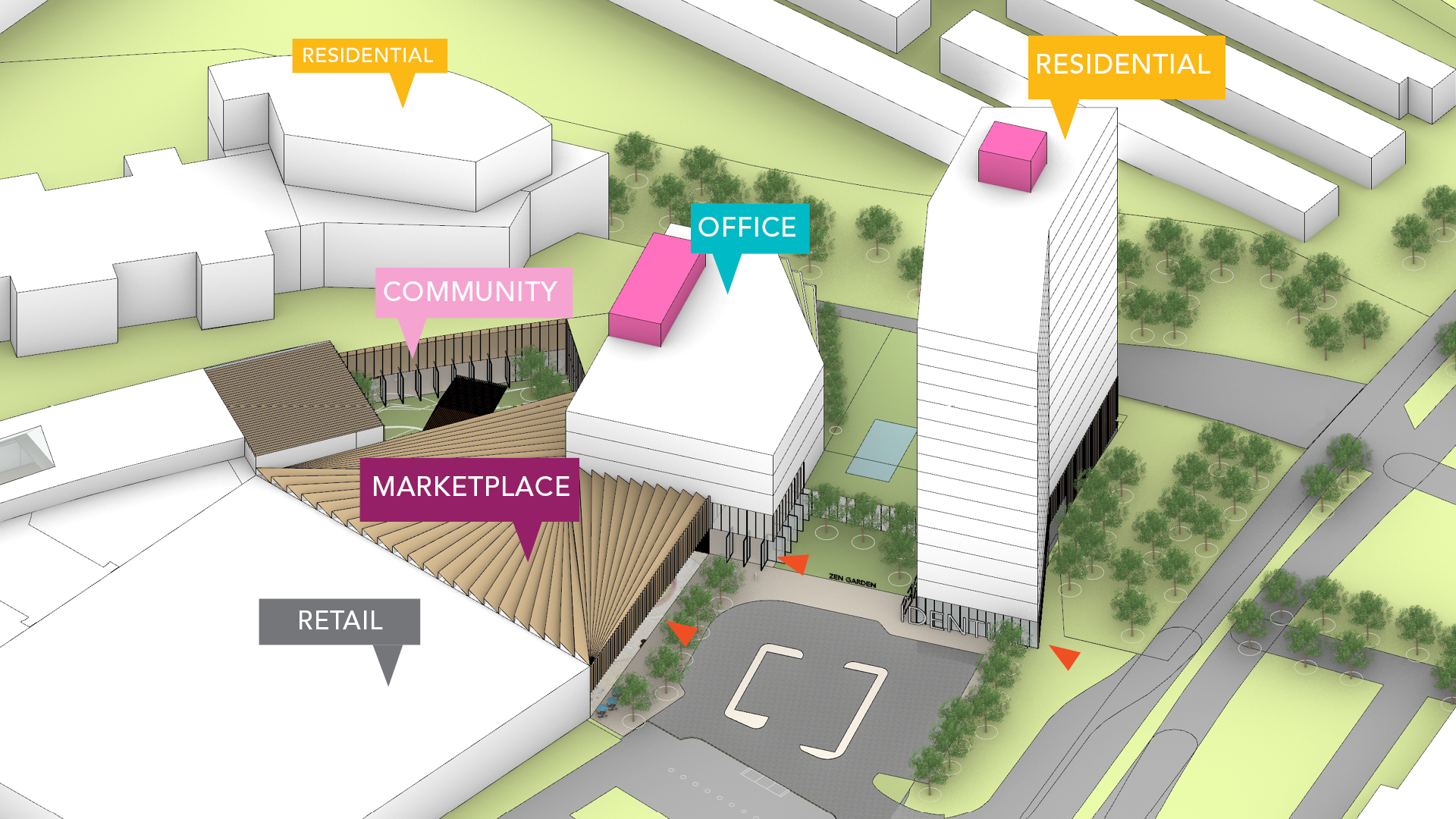
To sum up:
While the sophisticated retail and restaurant industry may hit hard times due to global events and changing behaviors, a few thoughtful design changes – at a variety of scales – have the potential to result in better designed spaces that could ensure the industry, and our streets, once again flourish with vibrant activity.
Additional sources and further reading:
CNBC | Millennials Prioritize Experiences Over Stuff
FORBES | NYC Lego Retailtainment
WALL STREET JOURNAL | AR Snearker App
VEND HQ | Experiential Retail
ABC | Vermont Macy's Transformed into High School
NEWSWIRE | Gap Launches Curbside and Buy Online Pick-up in Store
INDEPENDENT | Retailtainment: The future of shopping?
SUFIO | How Experiential Retail Could Change Your Online Store
WCVB | Igloo fire in Westford, MA
NY TIMES | The State of the American Mall
BUSINESS INSIDER | Retail Apocolypse
